Panamanian Cupid boutique coffee beans 30% geisha / Rosa content premium boutique coffee beans
Panamanian Poquette Cupid 30% Geisha ~ 2017 latest batch
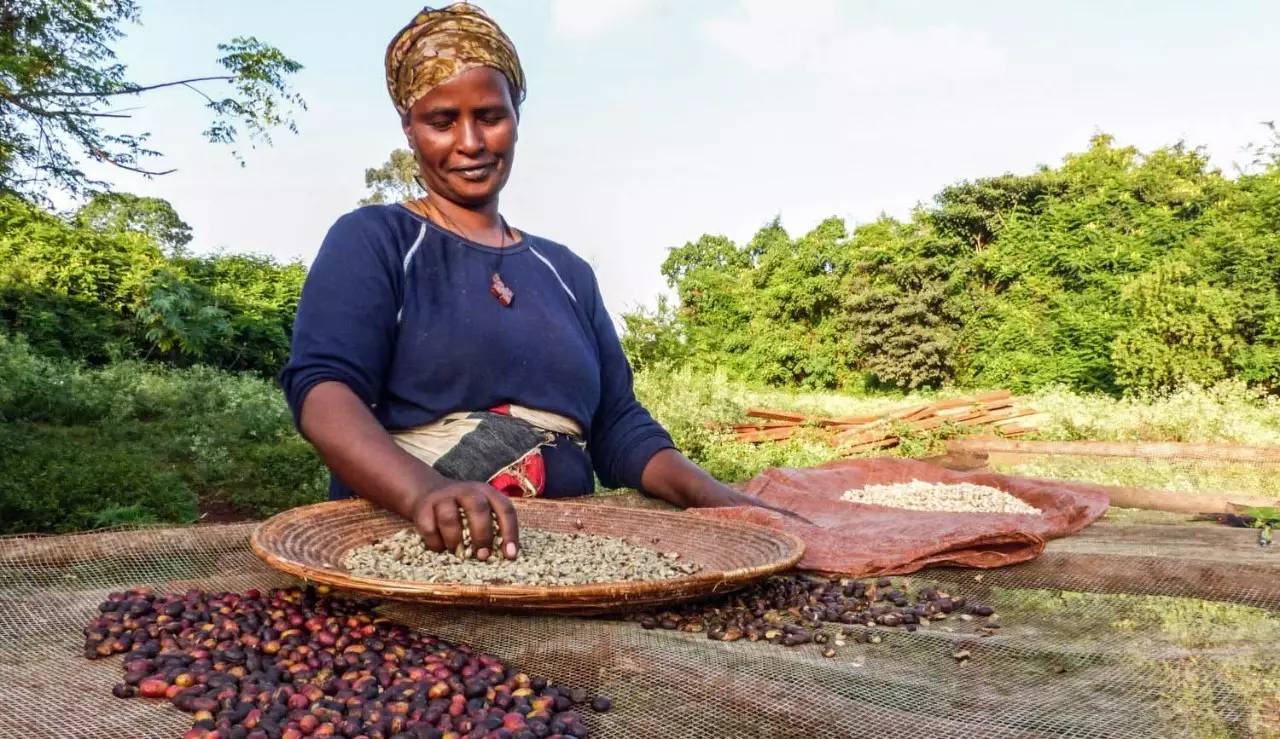
Producing area: Balu volcanic area of Poquette
Producer: local small farmers
Varieties: Rosa, Kaduai, Kaddura
Treatment: washing
Altitude: 1600-1650m
Flavor: floral aroma, white grape, caramel, honey, black tea feeling
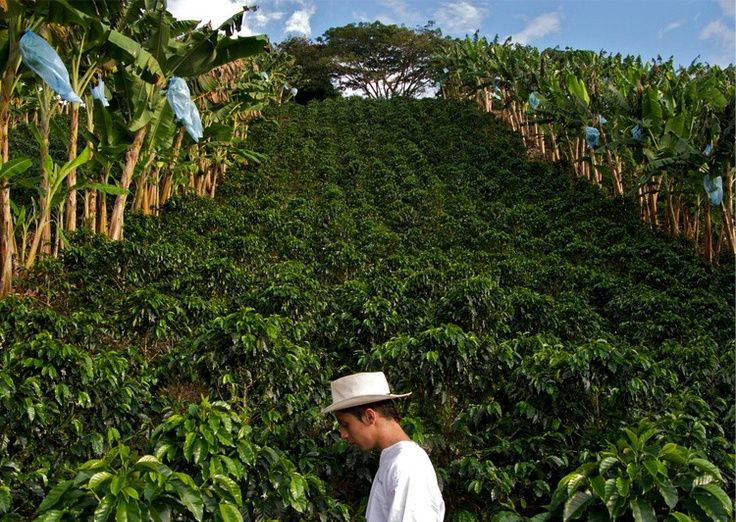
Panamanian coffee originated in 1780, when European immigrants introduced the first Typica tree species. Panama is located in Central America, with the natural advantages of sunshine, land and mountains, coupled with a sufficient working population, making the region an excellent area for growing and producing high-quality and fine coffee. In particular, geisha coffee from Panama has led to the global trend of paying attention to boutique coffee and successfully attracted global market interest in Panamanian coffee.
Boquete is the oldest and most famous producing area in Panama, located on the eastern side of Mount Baru, on a plateau about 1000-2000 meters above sea level.
Among them, "Baru Volcano National Park" (Volcan Baru National Park), for the ecological conservation area, is very rich in biodiversity, with seven kinds of microclimate, coupled with the year-round mist shrouded in, abundant rainfall, creating good local planting conditions, so that Bogut coffee has a unique aroma, for the largest production of Panamanian coffee, the best quality producing area. During the harvest season, coffee farmers use the refined method of washing and drying in the sun to make the coffee raw bean flavor full and pure.
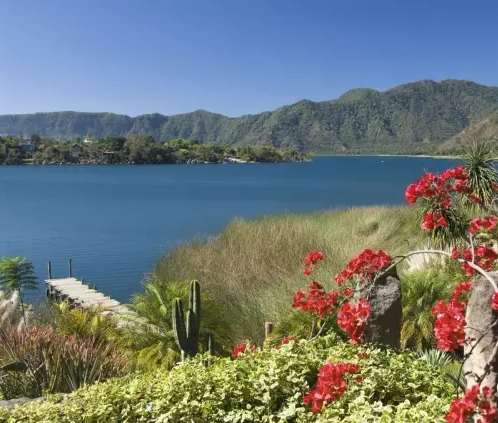
This coffee, composed of 30% rose summer, Kaddura and Kaduai, grows in the volcanic area at an altitude of 1600 meters. The treatment plant uses fine traditional washing. The special local microclimate of Panama leads to abundant rainfall and a large temperature difference between day and night, coupled with volcanic soil unique to volcanic areas, as well as meticulous harvesting and fine treatment. It makes this coffee perform well in terms of richness, acidity and aroma of alpine black tea.
Due to the historical reasons of the estate, in order to pursue yield, the early Rosa varieties were mixed with the coffee trees of Kaddura and Kaduai, and the coffee farmers did not reclassify them in order to facilitate picking. Instead, the three varieties were directly mixed. After that, as Rosa rose to fame and the price soared, the processing plant began to carry out fine washing treatment for such a coffee bean. The processed coffee tastes clean, emphasizing bright and lively acidity, as well as clear fruit flavor and floral aroma. honey treatment also increases sweetness and caramel taste.
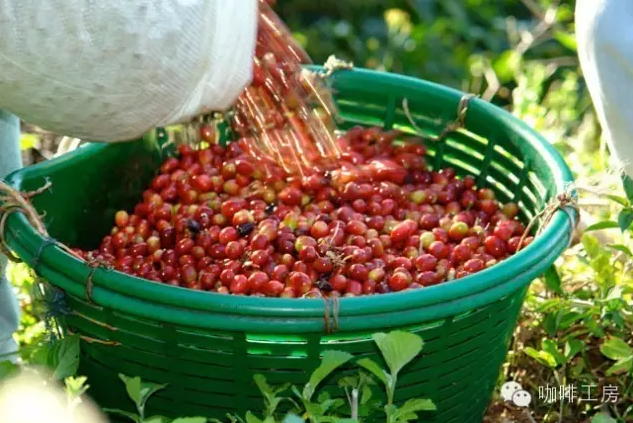
About 50 coffee farmers here form a small cooperative, all of which use the traditional Bogut way to produce coffee-allowing coffee to grow in a near-natural environment. Although the yield is not high, it can maintain a rich ecological environment, and soil quality can be maintained or even improved. The natural planting method is not only beneficial to the environment, because the coffee fruit grows slowly, so it is easier to grow high-quality coffee beans with good flavor. Farmers harvest complete coffee berries manually and send them to nearby CafedeEletaS.A. After processing, the treatment plant is about 4 kilometers away from the farm, and a modern laboratory is set up for cup quality control and manual screening.
Because of the particularity of this Cupid in variety, moderate shallow baking is used to complete the final flavor trend of this bean, so that it not only has the unique fragrance of flowers, white grapes, caramel, honey and black tea, but also has the sweetness and smoothness of honey, the aroma and finish are very long-lasting, and the taste is quite amazing.
Important Notice :
前街咖啡 FrontStreet Coffee has moved to new addredd:
FrontStreet Coffee Address: 315,Donghua East Road,GuangZhou
Tel:020 38364473
- Prev
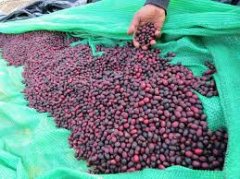
Panamanian Angel Kiss Miracle Coffee Bean introduction Honey treatment Evaluation of Rosa Flavor
Panamanian Angel Kiss Miracle Geisha Honey treats Angel Kiss BESO DE ANGEL planted in Chiriqui, Panama. The height of Haiba is 1500 ~ 1800 meters. Pure Panamanian Geisha species, the peeled berries are naturally dried in an African bed with plenty of sunshine and full of Atlantic and Pacific whirling breezes. Angel kiss BESO DE ANGEL tastes like
- Next
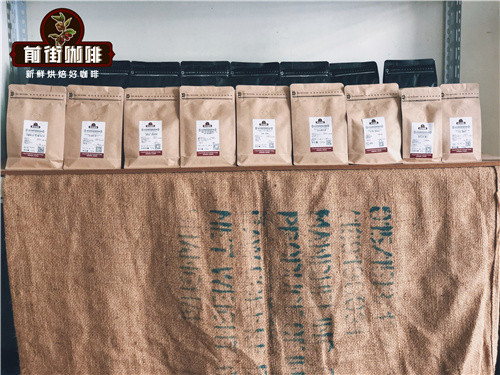
Stories about the characteristics of well-known Central American coffee producing areas
Well-known representative coffee: Tarrazu Costa Rica, like other Central American countries, widely grows Arabica coffee. Its coffee is mainly grown in two high areas, one is the high area near the capital San Jose, and the other is the Tarrazu mountains southeast of San Jose. Because coffee is grown in Costa Rica at high altitudes.
Related
- Detailed explanation of Jadeite planting Land in Panamanian Jadeite Manor introduction to the grading system of Jadeite competitive bidding, Red bid, Green bid and Rose Summer
- Story of Coffee planting in Brenka region of Costa Rica Stonehenge Manor anaerobic heavy honey treatment of flavor mouth
- What's on the barrel of Blue Mountain Coffee beans?
- Can American coffee also pull flowers? How to use hot American style to pull out a good-looking pattern?
- Can you make a cold extract with coffee beans? What is the right proportion for cold-extracted coffee formula?
- Indonesian PWN Gold Mandrine Coffee Origin Features Flavor How to Chong? Mandolin coffee is American.
- A brief introduction to the flavor characteristics of Brazilian yellow bourbon coffee beans
- What is the effect of different water quality on the flavor of cold-extracted coffee? What kind of water is best for brewing coffee?
- Why do you think of Rose Summer whenever you mention Panamanian coffee?
- Introduction to the characteristics of authentic blue mountain coffee bean producing areas? What is the CIB Coffee Authority in Jamaica?

